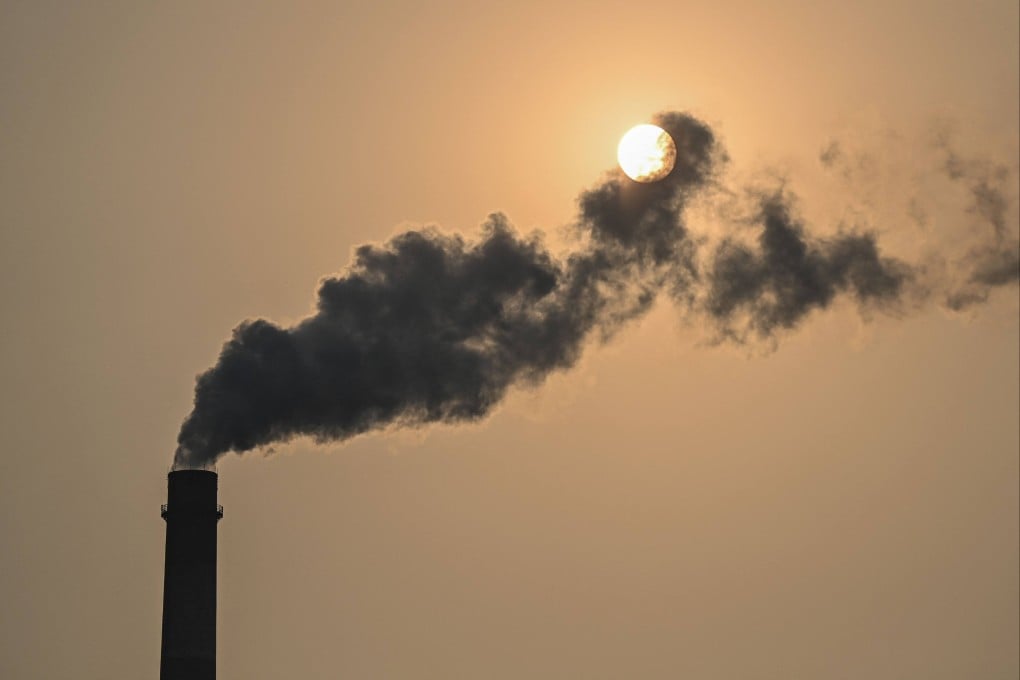China’s recalibration of energy efficiency target could increase emissions, put climate goal at risk, analysts say
- China has set a target of reducing ‘energy intensity’ by 2.5 per cent this year to reach its 2025 goal of cutting it by 13.5 per cent
- The 2.5 per cent energy intensity reduction aim could allow emissions to increase by up to 2.4 per cent this year, if the GDP growth is on target, climate expert says

China’s decarbonisation goals set for 2025 are in danger of veering off track after policymakers redefined a key energy target that could drive emissions higher, climate experts warn.
Unless the country exceeds its energy target set for 2024, China would need to make unprecedented progress next year to meet its climate commitments, they said.
China this month set a target of reducing energy consumption per gross domestic product (GDP) unit, or “energy intensity”, by 2.5 per cent in 2024, in a bid to achieve its goal of slashing energy intensity by 13.5 per cent set in 2020.
This year’s target comes after the government redefined its measurement of energy intensity, eliminating non-fossil fuels such as renewables and nuclear energy to focus on fossil fuels and promote green energy.
However, climate analysts believe the 2.5 per cent cut is not enough to achieve the 2025 target under the new energy intensity definition, leaving scope for an increase in emissions.
“The way the change has been implemented – redefining the meaning of energy intensity without adjusting the numerical target – reflects a lower level of ambition, as it allows higher emissions under the target,” said Lauri Myllyvirta, senior fellow at Asia Society Policy Institute, a global non-profit organisation.
